
Spam Email Overload? Comprehensive Guide on How to Stop Getting Spam Emails and Enhance Your Digital Security
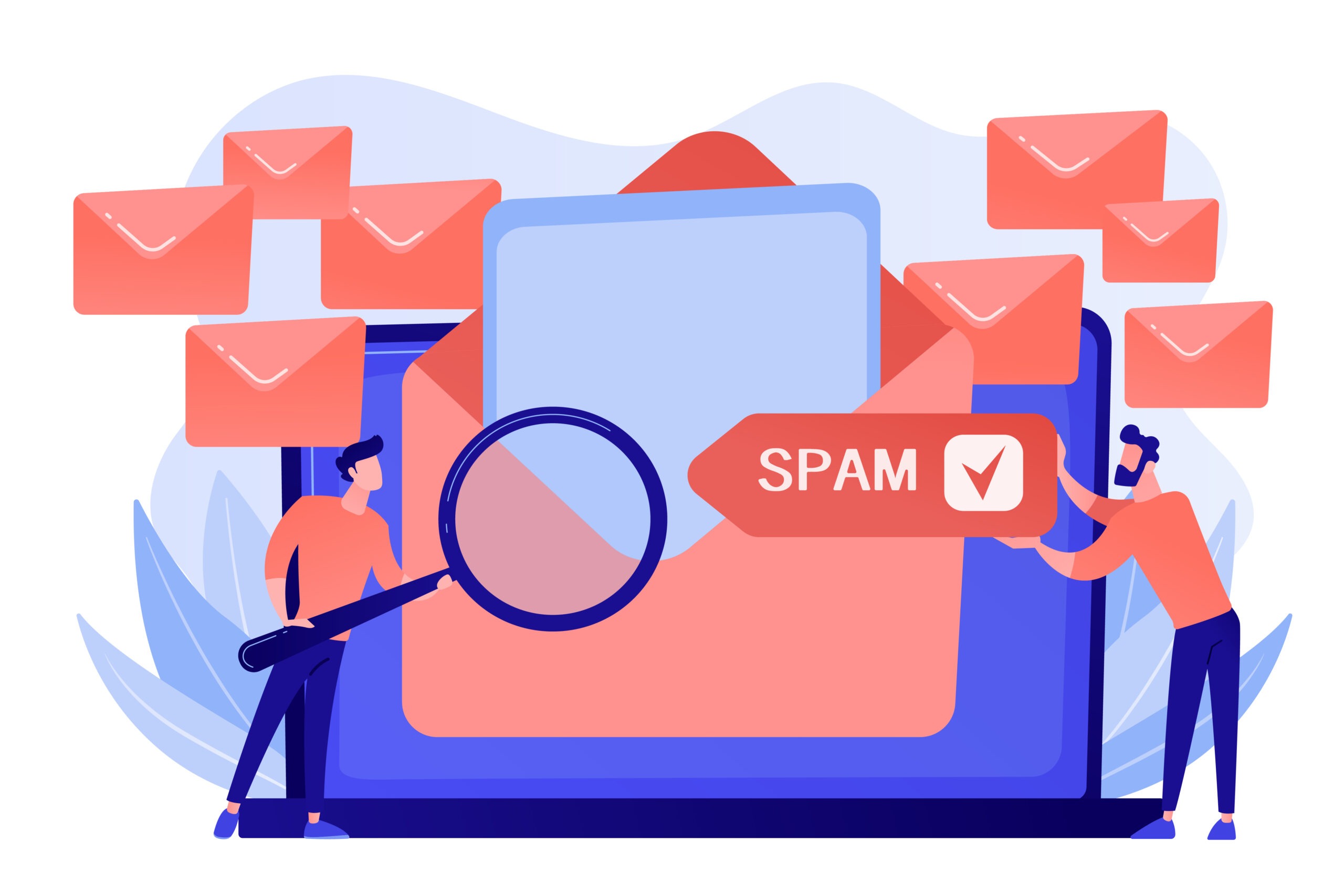
Table of Contents
Introduction
SPAM remains one of the most nagging problems facing email users in this digital age. Unsolicited messages clutter the inbox, compromising their privacy and sometimes leaving them vulnerable to cyber threats. In this full guide, we are going to look at some strategies for identifying, managing, and minimizing spam emails for improved digital security and decluttering your communications.
1. Understanding Spam Emails
1.1 What is Spam and Why is it a Problem?
Spam emails are not only annoying and sometimes frustrating for users but also they are the gateways to more critical issues like phishing schemes, malware distribution, and personal data breaches. By fulfilling inboxes with irreverent or malicious content, spam emails can also hinder the person’s productivity as well as it can expose someone to potential financial and data risks because some of the spam emails are designed to attack the personal information of users.
1.2 The Different Types of Spam Emails
The contents, intention, and effect of spam emails hugely vary, and understanding the different types will help users in identifying the threats and securing their personal information. Following are some of the common types of spam emails in detail:
Promotional Emails

Description
These are usually unsolicited emails from legitimate companies containing ads about their products, services, or events. Usually not malicious in nature, they are usually sent unsolicited and also in huge quantities and can clutter one’s inbox.
Identification Tips
Look for those emails heavy in sales-oriented message offerings with some form of special offer or promotion. These messages usually originate from senders the users do not recognize and normally will have less deceptive content compared to more harm-causing spam emails.
Phishing Emails

Description
These are some of the most dangerous types of spam. They would try to deceive their victims into disclosing sensitive personal data, such as passwords, numbers of credit cards, or social security numbers. Most of them are tailored to appear to be written by large companies and sometimes even government organizations.
Identification Tips
Be suspicious of unsolicited requests for information that may come as links to a login page or as attachments. Always verify the email by directly contacting the organization, using a phone number or email address from their official website.
Malware Links

Description
These emails usually carry links or attachments that, once clicked or downloaded, install malicious software in the user’s device. That malware can be used to steal information, destroy systems, or create entry points for further attacks.
Identification Tips
Be wary with any email that contains requests to open attachments or click on links, especially if these come from a sender you have never exchanged emails with, or appear similar to a known contact or group but with some minor anomalies in the email address, or the body of the email.
Hoax and Chain Emails
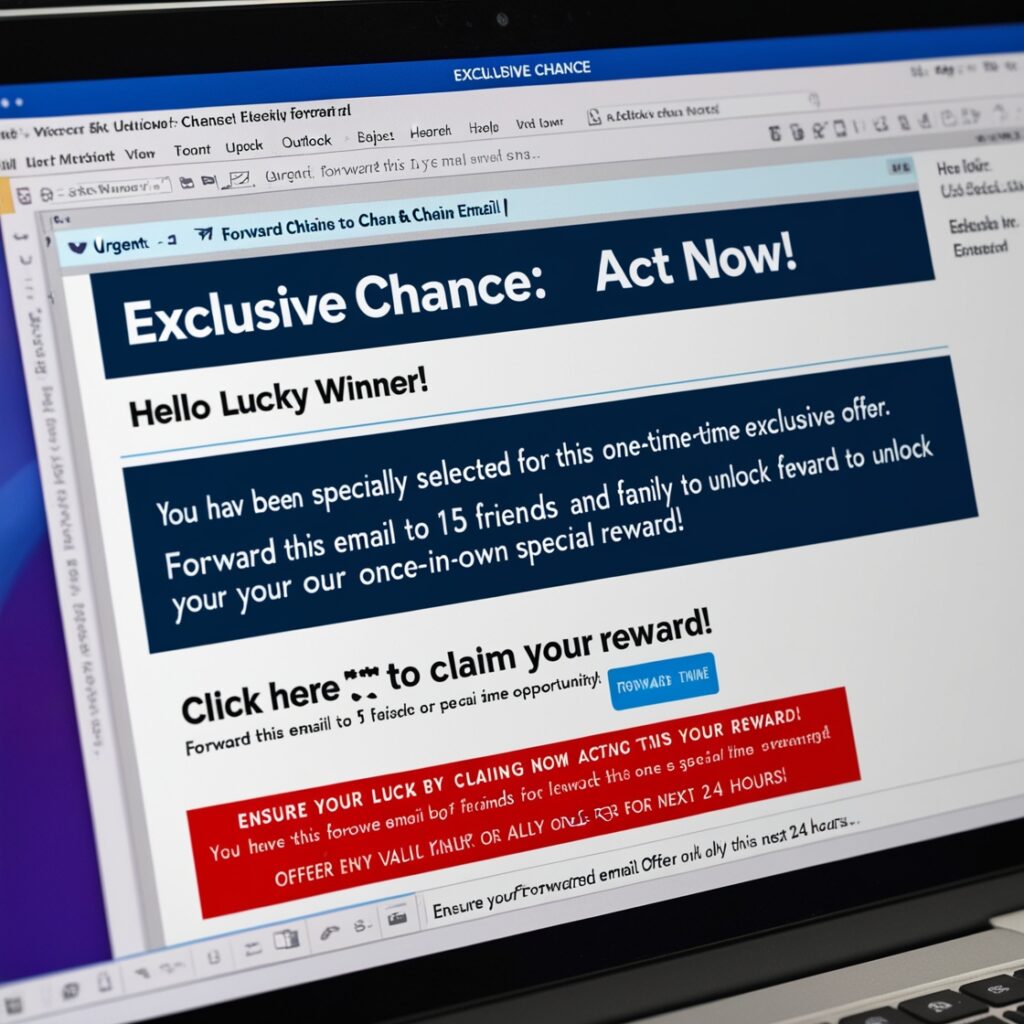
Description
They often contain sensational or alarming messages that are not true and most of them encourage the recipient to forward the message to others. Most of them spread rumors and may cause unnecessary panic and confusion.
Identification Tips
Look for messages that claim to be from expert advice or officials, promise money or gifts in exchange for one’s forwarding the email, or make wild claims concerning diseases, political conspiracies, or celebrity gossip.
Scam Invitations
Description
The scam emails invite users to participate in fictitious contests, claim lottery winnings, or enter them into some investment scheme promising high rewards. All these work by taking small fees or personal information from victims in the guise of processing rewards or investments.
Identification Tips
Any e-mail asking you to pay certain fees for a prize or promising an abnormally high return with an investment that involves very low risks should be suspect. Real organizations do not ask the winner to pay for what rightfully belongs to him or her.
Spoofing and Impersonation
Description
These messages are from a person you know or from an organization you consider respectable. Spammers exploit this by using this method to bypass your defenses as it relies on your trust in the sender.
Identifications Tips
Look at the sender’s e-mail address. Is it a slight misspelling or the wrong domain masquerading as another, different legitimate entity? Be suspicious of unsolicited emails that ask for urgent action related to money issues or sensitive personal information.
Being able to identify these various forms of spam emails and knowing what each may look like puts one in a very good position where they can manage their inbox and protect against any potential harm. Employing knowledge such as this, along with robust spam filters and security practices, will go a long way toward reducing any risk associated with unwanted emails.
2. The Mechanics of Spam
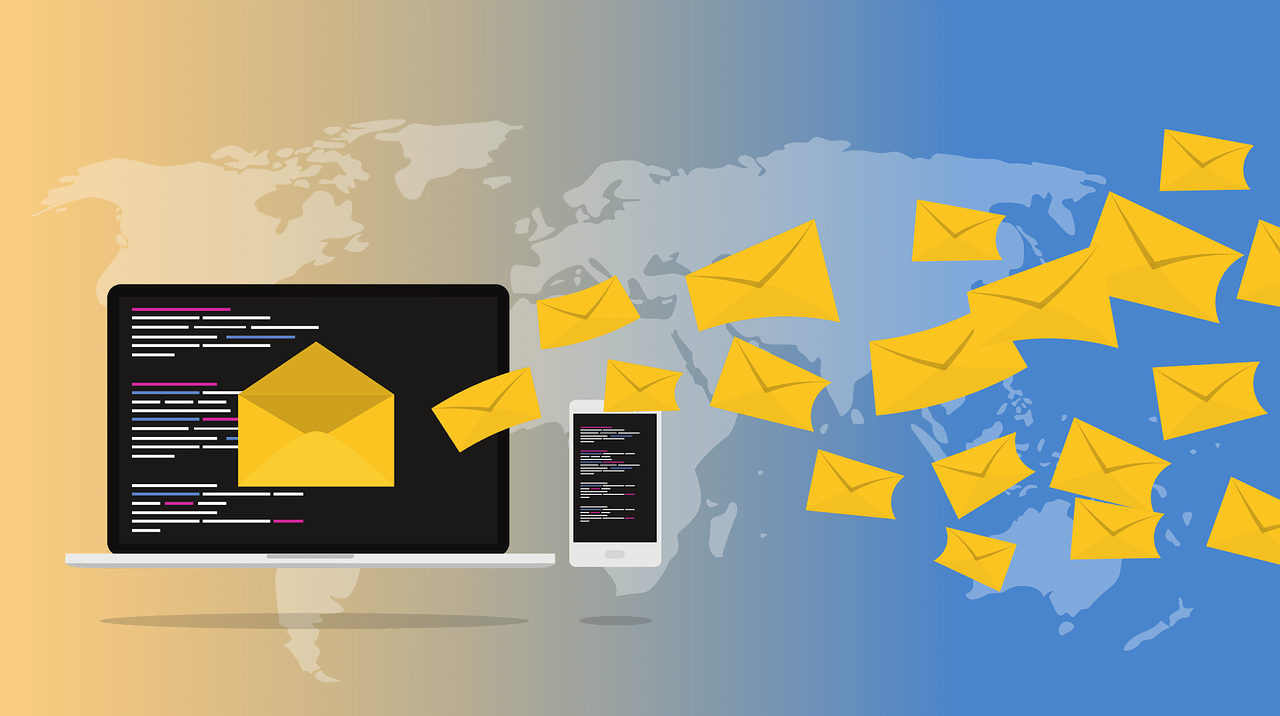
Spam emails are a great pervasive problem; hence, sophisticated methods are being utilized to reach a huge audience without getting detected. Understanding these mechanisms can be helpful for users and administrators to better safeguard their systems.
2.1 How Spammers Find Your Email Address
Spammers employ many different methods for the collection of email addresses, each facilitated by various sources and technologies:
Scraping Website
Automated bots crawl through websites looking for email addresses on contact pages, forums, blogs, or any other place visible to the public.
Data Breaches
Large data breaches, where millions of email addresses have been stolen, end up on the dark web on sale. Spammers buy them.
Third-Party Lists
Organizations sometimes collect sign-ups for email addresses and then sell the information to third-party parties, which may include spammers.
Social Media
They use fake profiles or automated bots to scan social media platforms where users may list their contact information publicly or in their profiles. ‘Email Extractor’ Software: This software is particularly designed to collect email addresses from different online sources, including websites, forums, and comment sections.
2.2 Common Techniques Used in Spam Emails
Spammers use a range of sophisticated techniques to bypass e-mail filters and trick users. These are,
Address Spoofing
It simply involves giving a false address to the sender. By doing this, spammers can make an email appear to have originated from seemingly legitimate and trusted sources in order to fool the recipient into trusting the message.
Content Obfuscation
They implement methods to hide the real content of their emails by techniques such as adding invisible text, making it white on a white background, or encoding text into images so that it can’t be detected by text-based filters.
Snowshoe Spamming
This technique involves spreading the spam load across so many IPs and domains that reputation metrics are diluted, thus avoiding blacklisting. In that respect, sending smaller volumes of messages from several different servers enables the spammer to steer clear of the volume-based triggers in most spam filters.
Polymorphic Messages
Every email in a spam campaign is slightly modified. Spammers can get around signature-based email filters looking for duplicates by changing subject lines, sender names, message bodies, and email headers.
URL Redirects
Instead of providing a direct link to any malicious sites, spammers usually use several-tiered redirects that eventually will lead to the destination of choice. This will make it hard for filters, which simply scan for known malicious domains to protect you.
Botnets
Spammers send spam through botnets of compromised computers. The source of the spam in this case is decentralized, hence the difficulty in stopping it right at its very origin and tracing the spammer.
Expanding on Security Measures
In the face of such intelligent spamming techniques, users and organizations must be able to take multi-layer security measures against such prevailing threats:
Advanced Spam Filters
Utilize new AI and machine learning-driven filters that would adapt to new spamming techniques and learn from continuous input and user interactions.
Regular Updates and Patches
Ensure that all systems, but most importantly email servers and software, are regularly patched with latest security updates to close vulnerabilities that might be used by spammers.
User Education
Besides that, regular training sessions for all users about the current spam techniques and general email hygiene reduce fourfold the possibility of successful spam attacks.
Network Monitoring
Continual network traffic monitoring to give a fair idea about unusual patterns helps detect and block spam campaigns before they reach user inboxes.
It is the mechanics of email spam distribution, along with the techniques involved, that make spamming possible; hence, understanding these empowers the user or organization with ways they can defend better, thereby reducing the impact on productivity as well as security.
3. Legal Aspects and Regulations
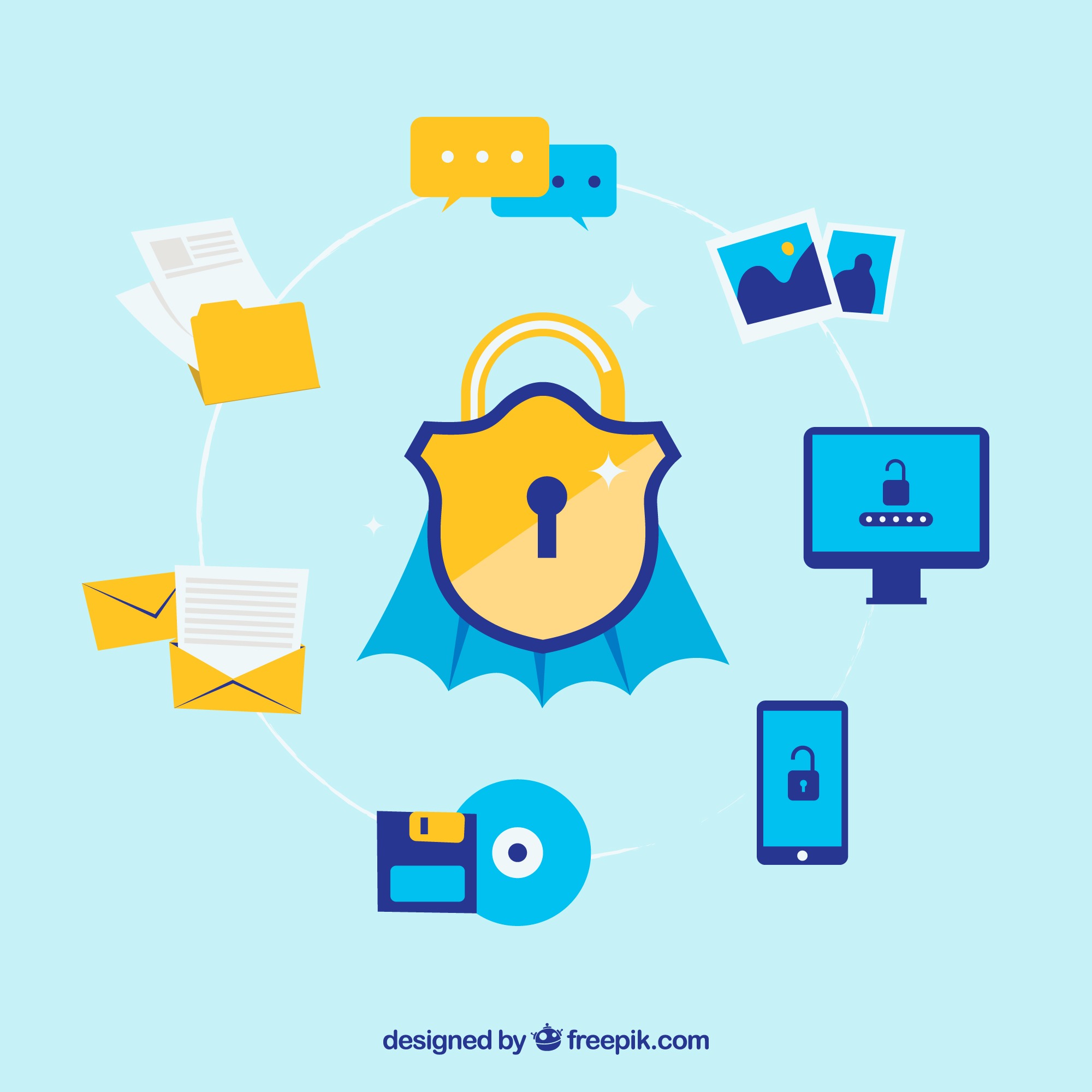
Understanding the legal implications and navigating the regulations related to spam emails is a critical concern for businesses and individuals. Different laws have been established across the world that protect users from unsolicited emails while holding senders answerable in case of abuse. Let’s take a closer look at different legal frameworks and their implications.
3.1 Understanding Anti-Spam Laws
The effect of spamming has forced different countries to enact different laws, using which they combat the proliferation of spam emails. Let’s see in-depth some of the major regulations:
CAN-SPAM Act (U.S.)
Purpose
The Controlling the Assault of Non-Solicited Pornography And Marketing (CAN-SPAM) Act sets the rules for commercial email, establishes requirements for commercial messages, and gives recipients the right to have emails stopped.
Key Provisions
Clear Identification: Emails shall clearly identify their sender, the recipient, and where their responses would go.
Opt-Out Mechanism: Emails shall have a visible and operable unsubscribe mechanism available for at least 30 days after the emails are sent.
Content Transparency: The subject line shall not be deceptive regarding the content or subject matter of the message.
Sender’s Address: Emails should include the sender’s valid physical postal address.
Penalties
Violations under the CAN-SPAM Act come with penalties of up to $43,792 per violation and more.
GDPR (EU)
Purpose
General Data Protection Regulation is mainly focused on the protection of data and privacy of all subjects in the European Union and the European Economic Area, although it does have an impact on email marketing, too.
Key Provisions
Consent: It should be given explicitly by recipients to receive emails, usually with some sort of opt-in mechanism.
Right to Access: It provides a right to individuals to know what data is kept about them and for what reason.
Right to Erasure: Provides the right to request personal data erasure.
Penalties
Penalties for non-compliance can extend to fines of up to 4% of annual global turnover or €20 million (whichever is greater), making it one of the strictest laws on privacy and security in the whole world.
CASL (Canada)
Purpose
The CASL regulates the sending of commercial electronic messages that encourage participation in a commercial activity, whether or not there is an expectation of profit.
Key Provisions
Consent: Senders must obtain either express or implied consent to send messages.
Unsubscribe Mechanism: Messages must include an easy, no-cost way to unsubscribe from receiving future messages.
Penalties
The penalties for noncompliance may be as high as $10 million for every violation.
3.2 Implementation and Compliance
How these laws are implemented necessitates that all organizations pay close attention to their email practices. The following best practices are recommended for businesses dealing in emails to maintain a good reputation and avoid litigation:
Email List Management
Clean up and update the email list regularly to remove those who have opted out or unsubscribed to ensure that legal requirements are complied with.
Record Keeping
Consent and all communication should be recorded in order to offer proof of compliance in disputes or inquiries.
Staff Training
Staff training is advised regularly, making them fully informed about demands related to the relevant anti-spam laws and why compliance is important.
3.3 International Considerations
It’s very important to keep in mind emailing across borders, mainly understanding the anti-spam laws applicable in the country where recipients reside. This gets a little complex because of the nature of the law and how each country sets its own apart, but failing to comply might mean significant penalties and possible loss of business reputation.
It is not only a legal requirement but to understand and abide by the anti-spam laws forms a very ethical business manner. This helps in gaining better trust and respect for recipient privacy and choices, which in turn becomes very important for long-term customer relationship building. A business should keep updating itself regarding legal requirements and work to adapt its practices constantly to such changing regulations.
4. Preventative Measures to Avoid Spam
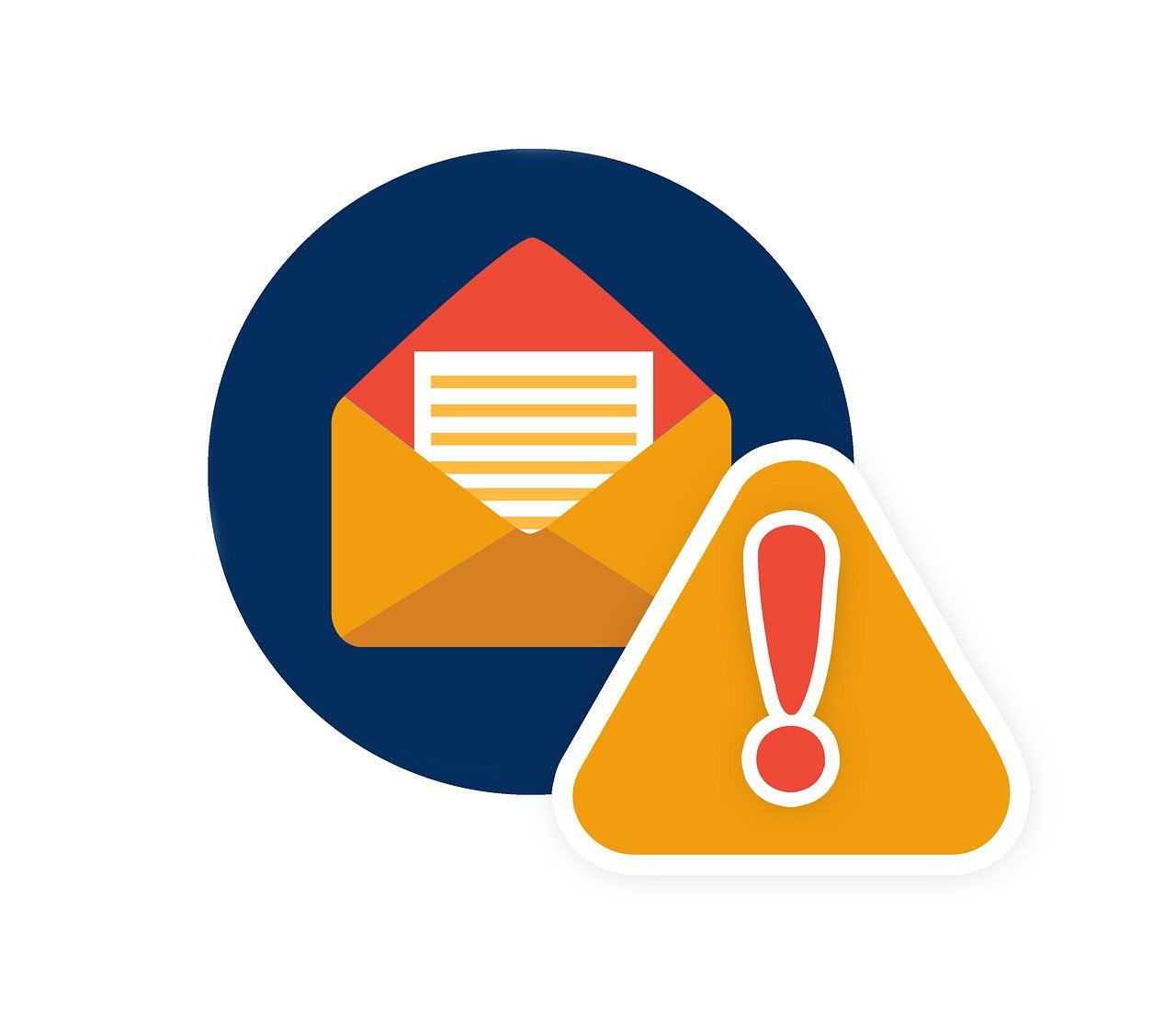
The prevention of spam is significantly important to keep the email environment safe, efficient, and clean. This section describes various strategies that can be adopted at both the individual and organizational levels in order to reduce the load of spam emails and improve overall email safety.
4.1 Safeguarding Your Email Address
The protection of your email address from being exposed to potential spammers is the first layer of defense against spam. Here’s how you can easily safeguard your e-mail:
Limited Sharing
One should always know where and how they are sharing their email address. Avoid publishing it openly on websites, forums, or social networks, as those easily get harvested by spammers.
Use Email Aliases
Consider making use of an alias if you have to provide an e-mail address for registration or public listings. Many e-mail services allow the user to create several aliases, which forward to your main account and can be disposed of if they start receiving spam.
Privacy Settings
Change privacy settings on your social networking sites like Facebook and Instagram etc, and all other Web-based sites to reduce the access of others to your contact information.
Contact Forms
Use contact forms on websites rather than listing email addresses. This keeps the address hidden from scrapers while still allowing legitimate communications.
4.2 Using Email Filters and Security Settings
Effective use of e-mail filters and adjustment of security settings can make a big difference in the amount of spam that reaches to your inbox.
Spam Filters
Use spam filters provided by service providers. These filters can be customized to suit your needs and are updated constantly to keep pace with new ways spammers try to get through.
Custom Filters
Manually create rules that automatically filter junk e-mails based on set phrases, selected sender, or other criteria of your choice.
Secure Email Gateways
Secure e-mail gateways should be a consideration for any organization as these provide added filtering capabilities and security that are needed to tackle spam, viruses, and phishing attempts.
Regular Updates
That is the best way to keep your email system, together with all security software installed in your system, updated to defend against new spamming techniques and security threats.
4.3 Education and Awareness Training
Educating you and your staff on the associated risks of spam and how to deal with email best practices can significantly reduce spam-related issues:
Recognizing Spam
Educate users on what to look for in spam, such as generic greetings, poor spelling and grammar, unsolicited attachments, or urgent calls for action.
Safe Practices
Stress the importance of not opening attachments or clicking on links from unsolicited emails, as these may lead to malware infections or even more serious security breaches.
Reporting Mechanisms
Make sure all are informed on how to effectively report spam emails in your organization. This not only helps get rid of the spam but also develops the effectiveness of your filtering mechanism.
4.4 Technical Defenses
Technical defenses that can be added to increase the ability to prevent spam are:
DKIM, SPF, and DMARC
DKIM, SPF, and DMARC are E-mail validation techniques that verify the authority of a sender to use your domain. Their implementations increase the legitimacy and the security of your outgoing e-mails.
Two-Factor Authentication (2FA)
2FA in email accounts enhances the security level, hence making it even more difficult for unauthorized users to gain access, even in cases where password data might have been obtained.
Network Level Security
Block incoming traffic from known malicious IP addresses using firewalls and network security tools. Control outgoing traffic in order to prevent malware communication
These steps will help to reduce the level of spam significantly for both users and organizations while increasing the level of cybersecurity, securing sensitive information, and maintaining their communication systems.
5. Tools and Techniques to Block Spam Emails
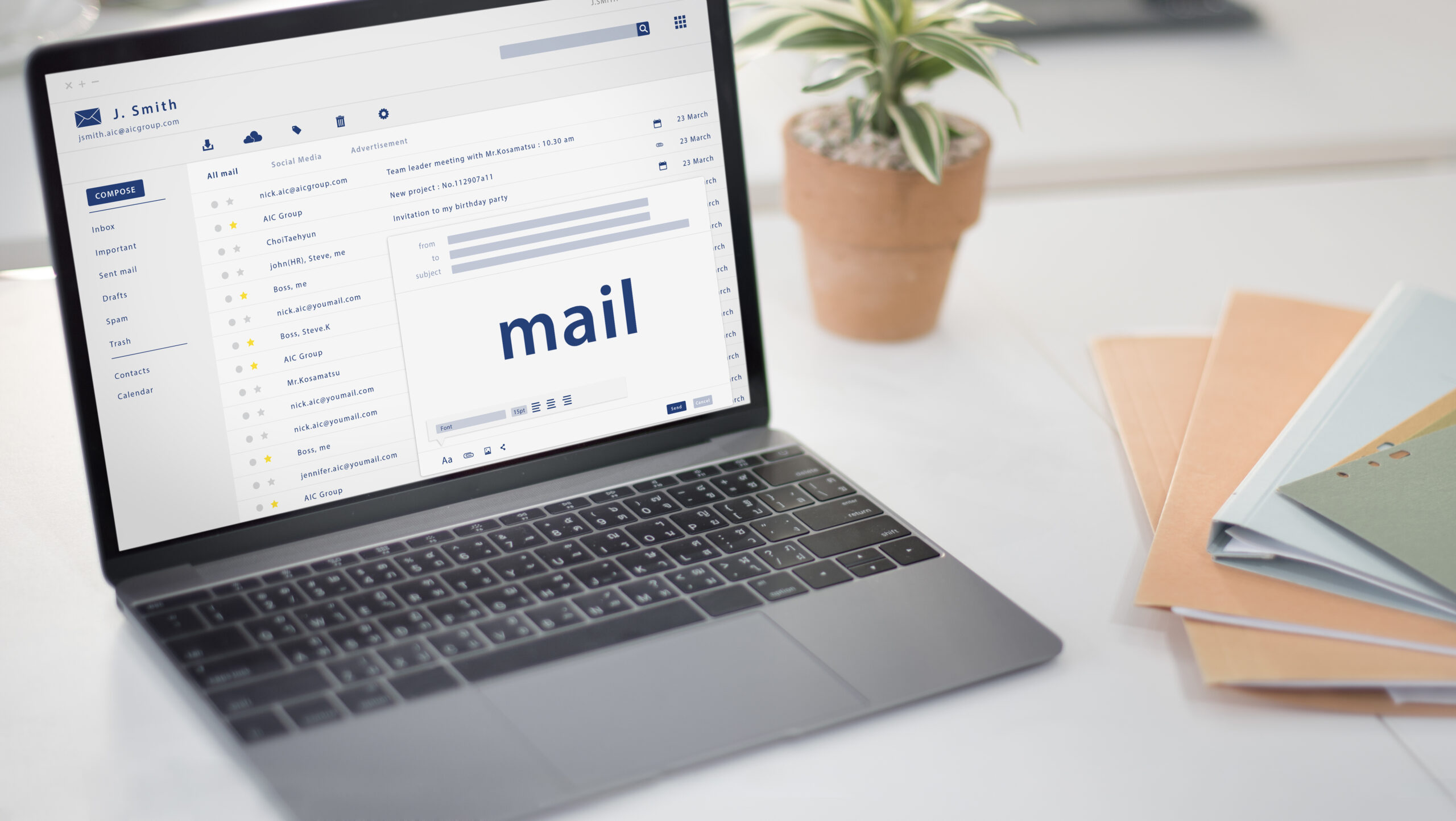
Effective management and blocking of spam emails are one of the crucial things in maintaining a clean and safe email environment. The varieties of tools and techniques that can be utilized by organizations and individual users can be extended to minimize unwanted messages.
This section details how enhancements from advanced software solutions, adjustments of settings, and strategic practices can be done to strengthen defenses against spam.
5.1 Best Software and Services for Spam Filtering
The correct software can greatly decrease the amount of spam an individual or organization receives. Here’s a detailed look at some of the best filtering options for spam:
Barracuda Essentials
This is an all-inclusive email security solution that provides advanced threat protection, data loss prevention, and email continuity in addition to spam filtering. Barracuda uses machine learning and analysis of email traffic patterns as a way of effectively blocking spam and phishing emails.
SpamTitan
The Anti-Spam Solution from SpamTitan will work for both small and large enterprises, boasting robust spam protection, and blocking spam, viruses, malware, ransomware, and links to malicious websites. It features dual anti-virus protection with phishing detection, automatically adapting to new emerging threats.
Proofpoint
It’s an enterprise-oriented service that provides advanced e-mail security solutions against spam and targeted threats like spear-phishing. Proofpoint makes use of advanced machine learning in addition to identity and data loss prevention to secure your emails.
Mimecast
It provides cloud-based email management services for Microsoft Exchange and Microsoft Office 365, inclusive of security, archiving, and continuity. It helps in managing and safeguarding e-mail traffic with protection against targeted threats, archiving, and data assurance.
5.2 Setting Up Advanced Email Filters
Beyond the basic filtering, advanced settings and configurations can further extend the effectiveness of spam prevention:
Custom Filters
Most email services allow users to create their own rules based on which emails would be moved or deleted automatically by certain keywords, sender addresses, or attachments. These rules, if mastered well, go a long way in keeping your inbox clean without manual intervention.
Third-Party Plugins and Extensions
For the user who needs tools much more advanced than what their email client has to offer, third-party add-ons or extensions are there to provide more advanced filtering features. Examples:
1. MailWasher
It allows users to preview emails before they are downloaded into the computer, thereby giving the option of deleting unwanted messages from the server directly.
2. SpamBully
Works with Outlook, Live Mail, Outlook Express, Windows Mail, and IMAP by using Bayesian spam filters, user-defined rules, and blacklists to keep spam out.
Use of Artificial Intelligence (AI)
Most advanced spam filters now include AI so that the system can learn from the users about what is considered spam for the particular user. These kinds of systems evolve to be more effective as they adapt to new spam tactics and user preferences.
5.3 Technical Integration and Maintenance
Such systems are to be implemented and maintained in a technical way. For example, these include:
Regular Updates
Spam filtering software and services should be updated frequently since spamming tactics change and evolve. Ensure that the system you are using is automatically set to update or does routine maintenance.
Training and Tuning
AI-enabled spam filters often need to be trained first by knowing an organization’s particularities regarding its communicational aspects. The systems would be more accurate with regular tuning and feedback.
Network-Level Filtering
Organizations with a large scale can also implement network-level spam filters that scan emails as they enter the organizational network. This way, spam can be identified before it actually reaches in users inboxes.
Most of the spam can be let out by individuals and organizations by deploying advanced anti-spam filtering software that can be modified with adequate details and is continuously updated regularly. They not only contribute to productivity by providing a clean inbox but also save the information from becoming a means of phishing and other malpractices.
6. Handling Spam: Best Practices

Spam must be dealt with effectively to ensure safety and efficiency in email communication. Tools and filters serve a huge purpose in blocking spam, but effective handling and organizational best practices ensure that the inevitable breaches in those defenses do not compromise data or productivity. The following are some detailed strategies and best practices for handling spam:
6.1 What to Do When You Receive Spam
Many times, spam can still make its way into your inbox, despite the measures taken for prevention. You can deal with your problem this way:
Do Not Open Suspicious Emails
If you come to know that one of your email messages is spam, do not open it at all. Because when you will open it, it definitely will let spammers know that at least this email either is active or not, and this will promote more spamming.
Never Click Links or Download Attachments
Here I cannot emphasize enough: never access links or open attachments in spam messages, as they all often carry malware or even lead to phishing sites designed to pick up personal information.
Use the ‘Report Spam’ Feature
Most e-mail services have a ‘Report Spam’ button that not only sends the mail to your spam folder but also reports the sender to your e-mail provider. In this case, it matters, as that could increase the ability of the e-mail system to block spam in the future well.
Block the Sender
If the spam emails keep coming from the same source, then perhaps the best way to filter them out is to block the sender’s e-mail address from directly within your email settings.
6.2 Reporting Spam Emails
Proactively reporting spam cleans up your inbox and helps in the greater initiative of reducing spam across the network. Here’s how you can effectively report spam:
Internal Reporting
If you are part of an organization, report spam emails to your IT or cybersecurity team for network-wide adjustments in filters and security protocols.
External Reporting
Report spam to your email service provider. Most providers aggregate received reports of spam to build a more robust filtering system. Additionally, you may want to report phishing emails to the appropriate authorities in your country, which includes the Federal Trade Commission in the United States, the Information Commissioner’s Office in the United Kingdom, and the Canadian AntiFraud Centre in Canada.
Industry Reporting
If the spam email appears to be from a bank, business or other organization consider forwarding the email to their abuse or security contact. Most organizations are keen to know about phishing attempts using their name.
6.3 Educate and Train Regularly
Education forms one of the best lines of defense against spam. Regular training sessions will considerably reduce the possibility of successful phishing attacks and malware infections sourced from spam:
Regular Awareness Sessions
Regularly conduct sessions in order to keep all the users updated concerning recent spam trends and tactics.
Simulated Phishing Exercises
Conduct simulated phishing exercises to train employees to identify suspect emails and perform some relevant actions. This is more practical than pure theoretical training.
Update Policies
The organizational policies related to email communication and the security associated with it should be updated regularly and made accessible to all employees.
6.4 Utilize Advanced Reporting Tools
This can be great for organizations to implement or use advanced tools that provide analytics and reporting on email threats in spam management:
Threat Intelligence Platforms
These solutions analyze trends and patterns of spam and phishing attacks for actionable intelligence that helps in the proactive blocking of threats.
Security Information and Event Management (SIEM) Systems:
SIEM systems can also be used to integrate the reports from spam with other security logs to provide a big-picture look at security events across the organization.
Preventing spam effectively requires a combination of robust technical defenses, proactive reporting, and continuous education. By putting these best practices into place, individuals and organizations can reduce the impact of spam and safeguard themselves from potential security vulnerabilities emanating from malicious emails.
Conclusion
In today’s ever-increasingly digital world, effective management of spam emails is not a matter of convenience but a necessity in terms of personal security and organizational integrity. Users and organizations can significantly reduce the volume of spam emails and, therefore, related risks by implementing the tools, techniques, and best practices described in this guide.
Remember, the fight against spam is ongoing. Since spammers constantly change their methods, so too must our methods of trying to defeat them. Probably the best defense against the disrupting and possibly harming consequences of spam e-mails are awareness, vigilance, and being proactive in all ways.
Whether it is overheating of your laptop, that too is covered. Our in-depth blog post gets into the causes of overheating in a laptop and some effective ways practically to manage and avoid this at all costs. You will get more detailed and helpful tips in our detailed guide on laptop overheating.
Frequently Asked Questions
Q: How can I tell if an email is spam?
Ans: Watch out for typical attributes such as generic greetings, bad spelling and grammar, unsolicited attachments, and urgent requests for personal information. Commonly, an e-mail that seems like it’s too good to be true probably isn’t.
Q: What should I do if I accidentally click on a link in a spam email?
Ans: If you have clicked a link in an email with spam content, immediately run a full virus scan on the device. Consider changing the passwords for sensitive accounts and look out for any form of unusual activity. Inform your IT department or the cybersecurity professional when necessary.
Q: Are spam emails only dangerous if I click on links or download attachments?
Ans: Well, it is said that spam in itself is not dangerous unless one interacts with it. But spam itself clutters your inbox, and that can get in the way of managing your email efficiently. Use your filters and report spam, which will help your email provider better filter out spam.
Q: Can spam filters stop all spam emails?
Ans: Spam filters are very effective and continue to improve with time, but they’re not a hundred percent accurate. Spammers persistently innovate ways to bypass those filters, so it’s normal that a small percentage of spam still enters. Regularly updating your spam filters and reporting missed spam helps improve their effectiveness.
Q: Is it safe to unsubscribe from spam emails?
Ans: If you recognize the sender as a company that is real and reputable, it is usually safe to unsubscribe. But if it is fine from an unknown or suspicious source, do not use the “unsubscribe” long link, which can confirm to spammers that your email address is live. Instead, mark it as spam and delete it.
Q: What is spam email?
Ans: Spam email means messages in large quantities, mainly for advertisement purposes, but can also include phishing and malware spreading. Messages can clutter the inbox and may cause security breaches if uncontrolled.
Q: How do I block spam emails?
Ans: It is possible to block spam emails through the use of email filters together with the security settings provided in your email service. You could set up custom rules in order to automatically filter or delete messages in case specific criteria are met, such as keywords in the content or the sender’s email address.
Q: How to block spam emails on Gmail?
Ans: In Gmail, you can block spam emails by opening the message, clicking the three dots at the top right of the email, and selecting “Block [sender].” You can also mark messages as spam, which helps Gmail improve its filtering algorithms.
Q: Why do my emails go to spam?
Ans: Emails can go to spam because of reasons like the email recipients marking them as spam, your IP having been used previously for sending spam emails, not having any open or click activity on your previous emails, and email contents that have spam-filtering keywords, poor formatting, and suspicious links.
Q: Why should spam email be prevented?
Ans: The filtering system is performed to avoid spam email amongst users. In turn, this will also prevent scamming, phishing emails, and malware from coming through. It will help keep the inboxes free of clutter and therefore make email communication much more effective.
Q: Who to report spam email to?
Ans: Report spam emails through the ‘Report Spam’ button, usually found in most email clients. In the case of phishing or when sensitive information is involved, you could report it to relevant authorities or cybersecurity organizations in your country.
Q: How does spam email work?
Ans: Spam emails are sophisticated in passing filters by including items like spoofing sender addresses that mislead content or attachments, which may have malware. Spammers harvest email addresses from various sources and send bulk messages to these addresses.
Q: How to check spam email?
Ans: Periodically check your spam or junk mail folder for mail that may have been incorrectly filtered as spam. Keep in mind to open such emails with caution and never click links or download attachments unless one is convinced that the sender is genuine.

























